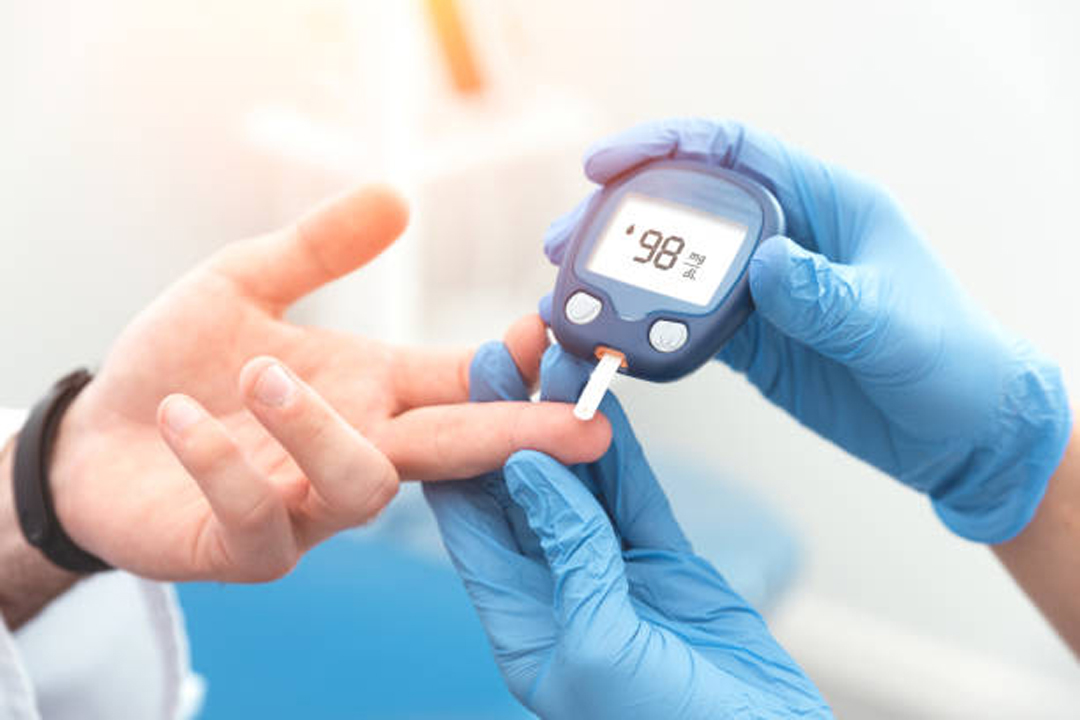
Diabetes is a medical condition that occurs when the level of sugar/glucose in the person’s blood is extremely high. The primary reason for increased sugar in the blood is the inability of the pancreas to generate the right amount of insulin. Diabetes can be developed in anyone irrespective of age or gender. There are many types of diabetes, most of which are chronic and can be managed with medications.
The carbohydrates in your food and beverages are the major source of sugar/glucose. It is also an elementary source of energy for a person. Glucose is sent to different body cells through blood as a form of energy. Extremely high levels of sugar in the body for extended periods can cause health issues like nerve damage, eye damage, and heart disease.
Diabetes is currently one of the most common diseases in the world. More than 15% of the world’s total population suffers from diabetes. Even the top health insurance companies in India offer special coverage for diabetes. It is predicted that by 2030, the number of diabetes patients will increase to 643 million.
ypes of Diabetes
There are various types of diabetes; some of the common types are:
- Type 2 Diabetes: It is the situation when your body does not produce enough insulin or the body is unable to respond to the insulin. It is the most common type of diabetes and is generally developed among adults.
- Type 1 Diabetes: It is a situation where the immune system of the body destroys the insulin-producing cells of the body without any specific reason. Around 10% of the total diabetes patients in the world are suffering from Type 1 Diabetes.
- Prediabetes: This is the pre-stage of type 2 diabetes where there is a sudden increase in the sugar levels of blood but not enough to be identified as type 2 diabetes.
- Gestational diabetes: Some women suffer from this type of diabetes during their pregnancy and it eventually gets cured after the pregnancy is over. Women who developed gestational diabetes during their pregnancy are at higher risk of getting type 2 diabetes in the future.
Indicators of Diabetes
There are various symptoms of diabetes:
- Increased appetite
- Increased thirst and urination
- Facing vision issues
- Numbness in arms and legs
- Unhealed sores
- Significant weight loss
Causes of Diabetes
There are various causes of diabetes :
- Environmental factors
- Overweight/obesity
- Physical inactivity
- Insulin resistance
- Genes
- Hereditary
- Hormonal diseases
- Genetic mutations
- Overdose of medicines
What is Tuberculosis?
Tuberculosis (TB) is a severe medical illness that affects an individual’s lungs. It is developed through a type of bacteria that spreads across the lungs causing cough, sneezing, and other serious breathing issues.
TB is a communicable disease that can be spread through patients. People with weak immune systems are at higher risk of developing TB as compared to normal people. It can be cured through medicines and antibiotics.
Types of TB
- Active TB (Outside the lungs): TB can easily spread from the lungs to various other parts of the body. This is known as extrapulmonary tuberculosis.
It affects body parts –
- Liver
- Kidneys
- Heart
- Genitals
- Bones
- Joints
- Skin
- Lymph nodes
- Blood vessels
- Larynx
- Spinal cord
- Primary TB: This is the first stage of TB where the immune system can track and destroy the germs.
- Latent TB: The second stage of TB where the immune cells of the body try to build a wall around the lungs to protect from the TB germs. The situation is controlled by the immune cells but is not completely solved.
- Active TB: When the immune system cannot control the infection, it reaches the level of Active TB. It is the most severe phase of TB and should be treated properly.
Indicators of TB
- Low fever
- Tiredness
- Cough
- Blood/mucus cough
- Chills
- Night sweats
- Weight loss
- Decreased appetite
- Body pain
Why Are Diabetic Patients At A High Risk Of TB?
It is a known fact that diabetes patients are three times more likely to suffer from TB as compared to non-diabetic persons. Even HIV patients are highly prone to TB but not as significantly as diabetes patients. The development of TB among diabetic patients has increased by 20% in the last three decades. It is estimated that the number of diabetic patients developing TB will reach 642 million by 2040.
Negative changes in the appetite of people and reduced physical activity have increased the number of diabetes patients in the world in the last few years. This naturally increases the risk of TB among people as a diabetic person is more susceptible in comparison to a non-diabetic person.
The main reason is that high sugar levels in the blood compromise the immune system, and make it very weak. Consequently, the metabolism of a person is affected as well which lowers the T Cell immunity. This overall increases the risk of TB among diabetic patients.
The treatment for patients suffering from both diabetes and TB is very intense and requires special care. In case; the sugar is in control, the treatment is easily carried out, however; if the sugar levels are high, then specific diabetes medicine is prescribed. The prescription involved in the treatment of TB controls sugar levels.
Conclusion
To avoid the development of tuberculosis, diabetic patients must ensure their fasting and after-meal blood sugar levels are below 130 and 180 respectively. The best health insurance plans in India offer coverage and exclusive perks to their policyholders for treatments and post-hospitalisation expenditures.
Comments
comments